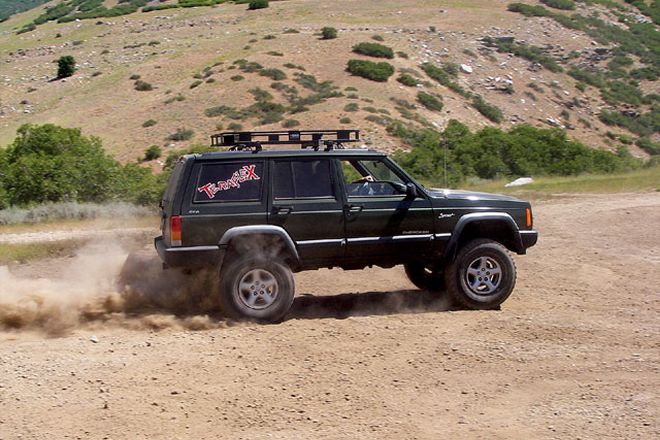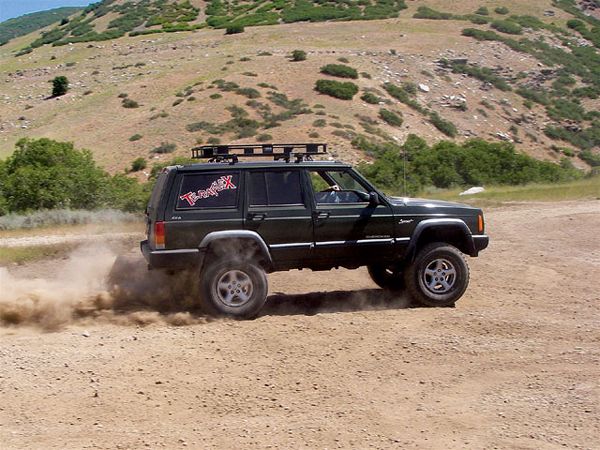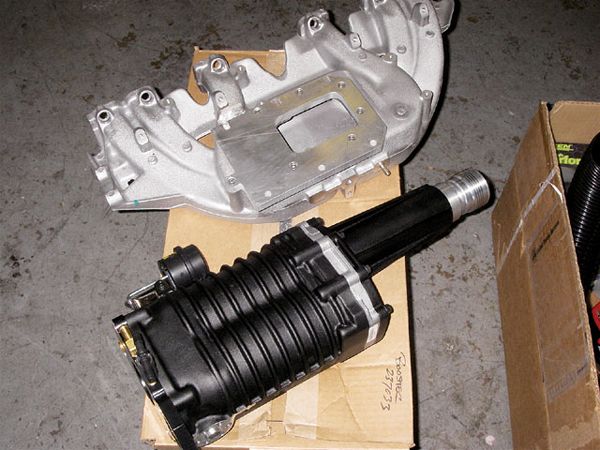

Do you want v-8 performance from your XJ without the cost and complexity of a V-8 swap? Are you tired of driving a slug on the highway, even though it's a great trail rig? The answer may be in the thin air you breathe, by simply packing that thin air into your engine with a supercharger designed to increase the ponies, the driveability, and the fun factor. If you stayed awake during auto shop and chemistry classes, you know there is an ideal ratio of air to fuel that makes an engine very happy. Too little fuel and you run the risk of expensive engine damage. Too much fuel is a waste of a valuable resource. To achieve the proper balance, since we are forcing more air into the engine with a blower, supercharger guru Rick Rimmer developed this kit using an auxiliary fuel system. Since the fuel-pressure increase only comes when the regulator sees boost, stock mileage is retained as additional fuel is only supplied as needed.
The candidate for this swap is a '98 XJ Cherokee with 120,000 on the clock, which is basically stock except for the 4-inch TeraFlex lift and 32-inch tires. Our goal was to be able to pull a small tent trailer up and down the hills of Utah and Colorado without being passed by every 18-wheeler on the road, while maintaining decent fuel economy and good daily driveability. The kit we installed is a Rick Rimmer-developed 4.0L non-intercooled supercharger kit. It fits under the hood of the XJ without a hole in the hood and with no modifications to the vehicle sheetmetal at all. So this kit is invisible from the outside, making it a true sleeper.
We were successful in our goals of more power, driveability, and fun. The mileage rose to 17 mpg, up from 14. It now pulls the tent trailer up a 6 percent grade at 60 mph, and even stays in lockup overdrive all the time at freeway speeds. On top of that, we can embarrass the black-cloud diesel pickups from 0 to 60 and still have fun getting to drive it every day. Follow along as we install a supercharger on a high-mileage XJ Cherokee.

The new supercharger kit includes an Eaton supercharger, a new intake manifold that has been modified to accept the adapter plate, and a box of brackets, hoses, and fittings. The intake manifold is a dual-plane design from an '06 Wrangler, so it does require you to have the latest style power-steering pump. Look at the photos here to see if you have the latest mounting design pump, and if not, visit your local parts store or Pick-n-Pull before taking your vehicle out of service. The Eaton supercharger has an internal oil system that is independent of the engine so there is no need to plumb in an oil-pressure or return line.





